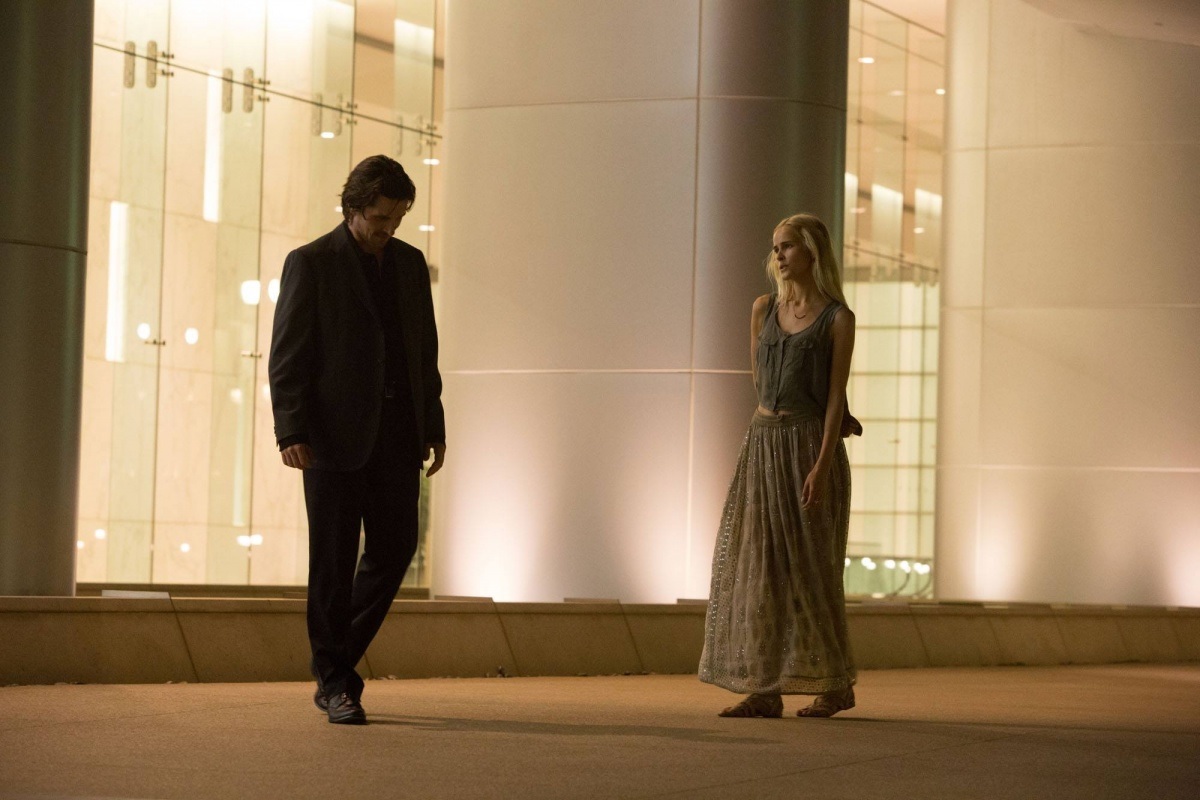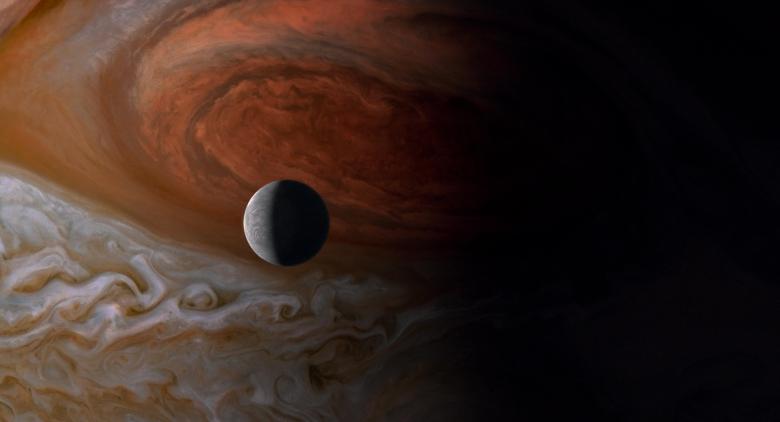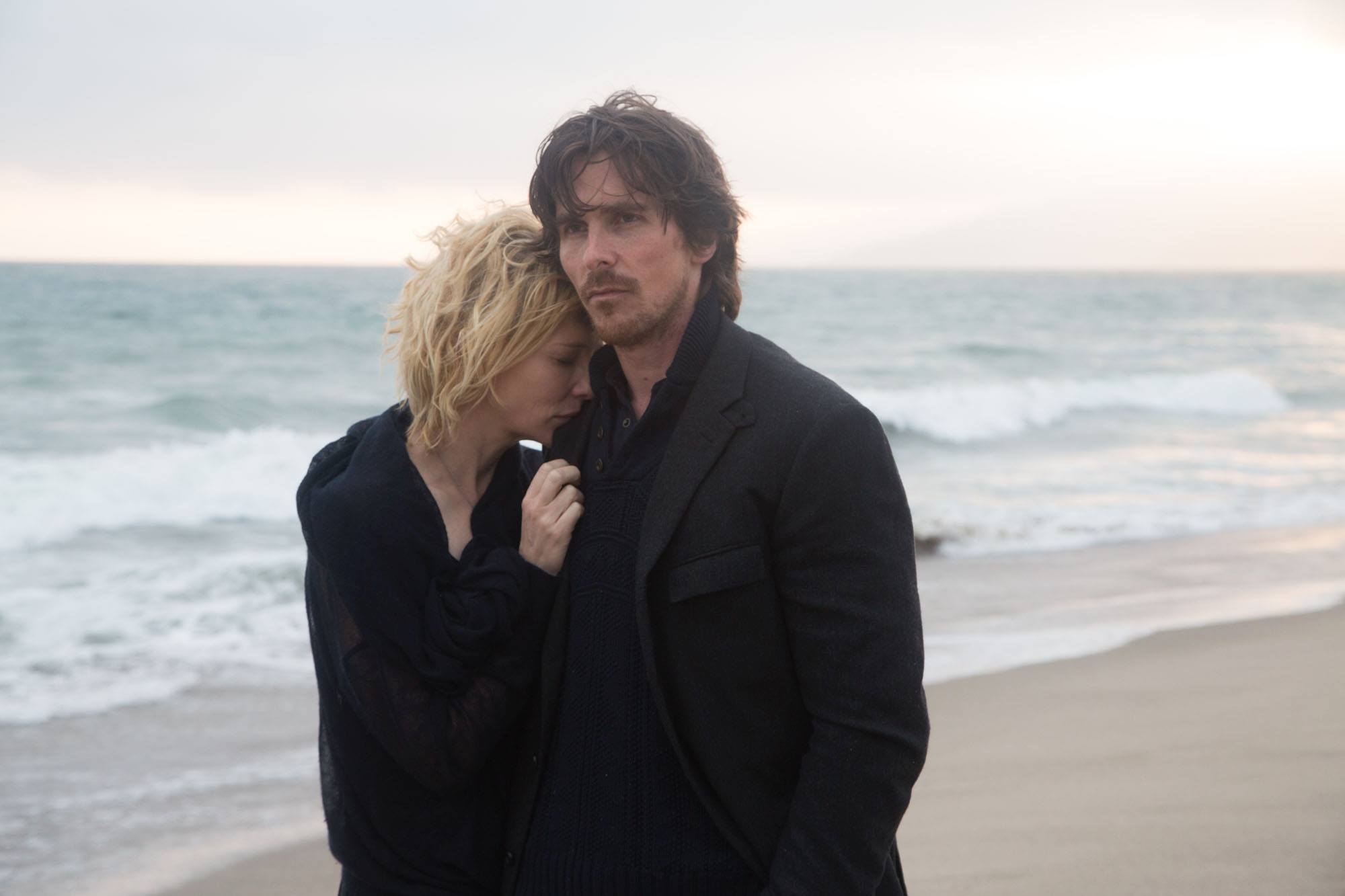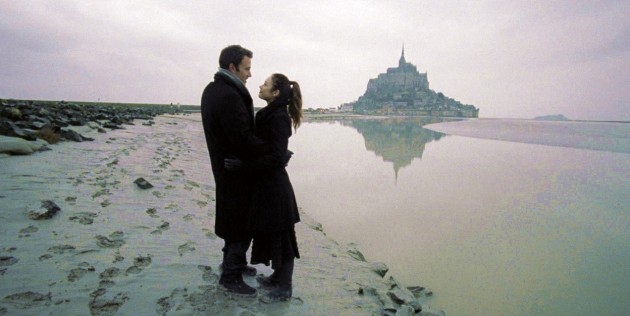6. Who is the faceless woman, AKA Isabel (Isabel Lucas), in “Knight of Cups”?

From “Transformers: Revenge of the Fallen” to “Immortals” to “The Water Diviner,” Isabel Lucas’ resume is hardly unblemished. Yet so memorable was her work for Malick that it may, in time, obliterate any recollection of her performances in a smattering of less-beloved films—which is pretty astounding when you consider that in “Knight of Cups,” we never even glimpse her face.
Isabel first frolics across the screen (like many Malick women, she’s an impromptu dancer) after Rick has realized that his grief won’t be sated by cash, sex, or marriage. To recalibrate his body and soul, he decides to move out of his pristine apartment and venture beyond the confines of Los Angeles and into the desert-covered wilderness beyond. His final days of civilization, however, prove to be eventful, especially once Isabel appears. She becomes a fixture of Rick’s life, whether she’s playing tennis with him or standing over a campfire on a beach (which seems to be a metaphor for the eradication of Rick’s Tinseltown-flavored decadence).
But who is Isabel, exactly? Given the fleeting, ghostly nature of her presence and the fact that she only appears when Rick is onscreen, it seems likely that she’s a manifestation of Rick’s subconscious, an angelic guardian that his mind has conjured to help him move onto the next phase of his life. Just as Clarence popped up in “It’s a Wonderful Life” solely to aid George Bailey, Isabel exists solely to guide Rick—although unlike Frank Capra, Malick refuses to directly confirm who or what his angel is.
7. Is “Voyage of Time” just a remake of the cosmic scenes in “The Tree of Life,” or does it have a deeper significance?

For roughly three decades, Malick tinkered with “Voyage of Time,” his impressionistic, fictionalized documentary about the birth of the universe and the origins of life on Earth. And if he hoped that the film’s prolonged gestation would insure a rapturous reception, he wasn’t disappointed: According to Deadline, the film received a 10-minute standing ovation at the Venice Film Festival, while the 90-minute theatrically released edition of the film achieved a 92 percent “fresh” rating on Rotten Tomatoes (Malick’s highest score as a director since “The Tree of Life”).
The film’s success also carried a whiff of déjà vu, since Malick previously chronicled the history of the universe in “The Tree of Life.” Yet “Voyage of Time” is still a singular work best enjoyed on its own trail-blazing terms. Why? Because it’s a grand cinematic abstraction—a rare film that features hardly any human characters.
Unlike “The Tree of Life,” in which the cosmos merely complemented a tale of mortal suffering, “Voyage of Time” envisions Earth and the universe as characters in and of themselves, thereby imploring us to emotionally invest in everything from gleaming stars to crusty cliffs. In line with one of Jessica Chastain’s most famous declarations in “The Tree of Life,” “Voyage of Time” is a testament to Malick’s far-reaching compassion, to his ability to “love…every leaf, every ray of light.”
8. In recent years, has Malick started focusing on images of poverty and despair. Why?

Despite Malick’s stature as an experimental filmmaker, his taste in actors often doesn’t extend beyond the most obvious and beautiful options (the cast list of his upcoming film “Song to Song” is practically a playbook of twenty-first century “it” girls and boys—it includes Ryan Gosling, Rooney Mara, Michael Fassbender, and Natalie Portman).
Yet in “To the Wonder,” Malick’s gaze drifted away from his stable of statuesque stars and towards the poor, the imprisoned, and the infirm, most memorably in troubling scenes featuring Ben Affleck’s Neil investigating pollution in a low-income neighborhood and Javier Bardem’s Father Quintana visiting a prison. Malick also chose to feature similar scenes in “Knight of Cups”—much of the film unfolds on the streets of Los Angeles, where shots of bedraggled homeless men contrast with Rick’s realm of well-soused parties, supermodels, and suave black sport coats.
This jarring contrast underlines the fact that most of the major characters in Malick’s recent films are financially secure and profoundly self-absorbed. His juxtaposition of wealth and poverty pointedly reminds us that the trials his protagonists undergo—family strife, romantic inadequacy, and isolation—could be considered luxuries of success. In essence, Malick may be the ultimate observer of “first world problems,” since he probes them with both sympathy and skepticism.
9. Why doesn’t Malick fully flesh out his characters?

While there is no such thing as a perfect filmmaker, the most dynamic directorial voices of our generation have a knack for embracing their shortcomings with enough triumphant bravado to transform them into idiosyncratic strengths. It’s a crafty stratagem that often works—it’s the reason why we accept Wes Anderson’s visual fussiness, Christopher Nolan’s bulky exposition, and James Cameron’s lust for treacly protestations (“Jack! I’m flying!”).
As for Malick, his most gaping deflect is a tendency to dream up characters who come across as one-dimensional apparitions, not proper human beings. Men like Jack, Neil, and Rick may arrive burdened with emotional baggage, but Malick never allows us to look close enough to get a sense of their habits or their manner of speaking—the kinds of details that are the bedrock of humanist cinema.
While this void of information is often aggravating, it makes sense for Malick’s work. He’s simply not interested in the way people behave. It would be absurd for him to pretend otherwise, just as it would be absurd for characters in one of his movies to have an ordinary conversation about going grocery shopping or sweeping the porch.
The beauty of Malick’s work lies in its power to usher us beyond the mundane and into the state of rapture generated when we behold a moment of visual ravishment (like the scene when a daunting, graceful herd of buffalo surrounds an SUV in “To the Wonder”) or are submerged in operatic emotions (as we are via the romances of “Wonder,” “Knight of Cups,” and “Days of Heaven”).
10. How much of Malick’s work autobiographical?

Father-son feuds and alienated wives are among the elements of Malick’s films that allude to his personal life, according to a 2013 Slate article by Forrest Wickman. In fact, by using Peter Biskind’s 1998 profile of Malick in Vanity Fairas a touchstone, Wickman identified numerous autobiographical flourishes in “The Tree of Life” and “To the Wonder,” pointing out that like Jack in “Tree,” Malick was raised in a fractious Texas family and that like Neil in “Wonder,” Malick once loved (and lost) a Frenchwoman
Other allusions to Malick’s life fill his films (“Knight of Cups” and “The Tree of Life” are arguably Malick’s meditations on the death of his brother, Larry, who committed suicide after traveling to Spain, where he studied guitar), which offers a partial explanation for the thunderous emotional power of his work.
Stylistically, emotionally, and spiritually, Malick sticks to what matters to him, which is why it’s not really worth pondering the vexing question of, “Just who is Terrence Malick anyway?” Who cares? Malick’s soul is enshrined in his movies. Whatever he may say, for him there is only one way through life—the way of fusing music, performance, and photography into one fluid breath, taking us to the wonder and beyond.
Author bio: Bennett Campbell Ferguson is a freelance film critic and culture writer based in Portland, Oregon. In addition to reviewing films for Willamette Week, he founded the blog T.H.O. Movie Reviews, which he also edits. You can follow him on Twitter @thobennett.